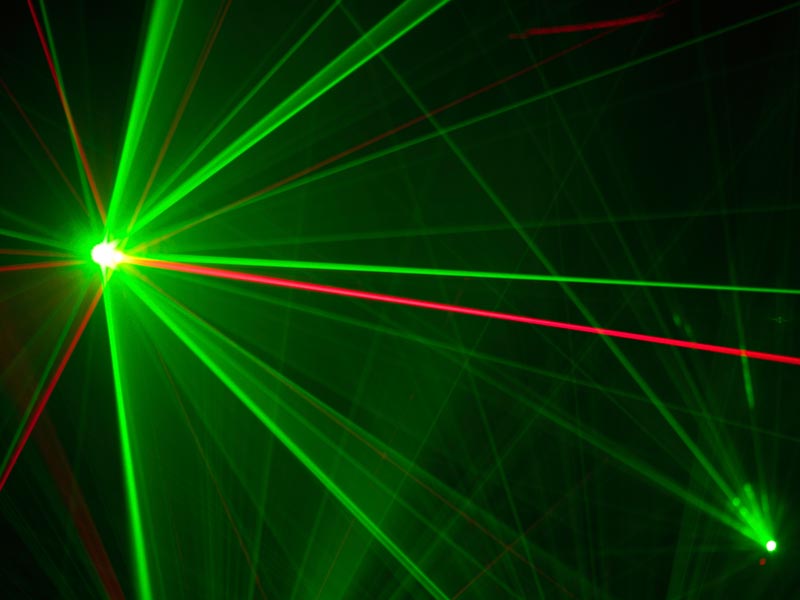Using Raman-SEM for Correlative Imaging in Biology
Merging Structure and Chemistry
When it comes to studying biological systems, visualizing structure and understanding chemistry often require different tools. Scanning electron microscopy (SEM) excels at showing ultrastructural details—down to the nanometer scale—of cells, tissues, and biomaterials. Raman spectroscopy, on the other hand, provides a label-free molecular fingerprint of those structures. By integrating these two techniques into a single platform, Raman-SEM enables researchers to simultaneously answer two critical questions: “What does this structure look like?” and “What is it made of?”
This correlative approach has transformed biological imaging. Without using dyes or stains, scientists can directly identify nucleic acids, lipids, proteins, and other biomolecules while observing their spatial arrangement. The result is a rich, multidimensional view of life at the microscopic level.
Advantages of Raman-SEM for Biological Samples
One of the standout benefits of Raman-SEM is its ability to deliver label-free molecular identification. Raman spectroscopy detects inherent vibrational modes in molecules, enabling researchers to differentiate cellular components based on their native chemistry. For instance, a nucleus rich in DNA/RNA and a lipid droplet composed of hydrocarbon chains can be distinguished without the need for fluorescent markers.
Moreover, the integration of Raman and SEM ensures precise co-localization. Features identified in the electron image—a specific bacterium, organelle, or tissue margin—can be immediately interrogated by the Raman laser. This alignment of structural and chemical data enhances interpretation and supports more accurate biological conclusions.
Raman-SEM also requires minimal additional preparation. Standard SEM protocols (fixation, dehydration, and conductive coating) typically suffice. There’s no need for extra chemical treatments, preserving sample integrity and streamlining workflows. In many cases, even the conductive coating is compatible with Raman analysis, allowing spectra to be gathered from the exact SEM-imaged regions.
Because Raman spectroscopy is non-destructive, it’s ideal for precious or rare biological specimens. Researchers can perform multiple analyses in sequence—first imaging, then spectroscopy—without altering the sample. This capability is especially valuable in studies with limited or irreplaceable material, such as patient-derived biopsy sections.
Finally, Raman-SEM delivers multimodal insights within a single session. A tissue section, for example, might yield a high-resolution SEM image of cellular structure, an EDS spectrum showing elemental composition (e.g. calcium), and a Raman scan confirming the calcium compound as hydroxyapatite. This comprehensive data set supports deeper biological understanding with fewer steps.

Biological Research Applications
Studying Cells and Organelles
Raman-SEM is particularly powerful in cellular research. SEM visualizes membranes, cilia, and intracellular structures with high clarity, while Raman spectroscopy identifies their molecular signatures. Consider the case of analyzing drug delivery: SEM can locate drug-loaded nanoparticles within a cell, and Raman can confirm the chemical identity of those particles, verifying compound presence and stability in situ.
Similarly, the technique can probe specific organelles. A mitochondrion visible in SEM can be chemically profiled with Raman to assess its lipid-to-protein ratio or detect signs of metabolic activity. Such analysis supports fields ranging from cancer biology to virology.
Tissue Imaging and Biomaterial Evaluation
In tissue pathology, Raman-SEM offers insights beyond morphology. For example, comparing tumor regions to adjacent healthy tissue under SEM may show structural disorganization. Raman spectra from the same areas could reveal changes in protein or lipid content, aiding diagnosis or research into disease progression.
In bioengineering, the technique evaluates biomaterials like scaffolds or implants. SEM shows how cells interact with these materials—adhering, spreading, or integrating—while Raman tracks biochemical changes such as mineral deposition or collagen formation. This dual perspective helps optimize material design for tissue regeneration.
NanoImages’ Integrated Raman-SEM System
NanoImages offers a complete solution with its tabletop SEM equipped with the Waviks Vesta™ Raman spectrometer. This all-in-one system enables labs to perform advanced correlative imaging without the need for separate instruments or complex alignments.
Designed for accessibility, the system supports seamless switching between SEM and Raman modes. Users can click a location in the electron image and acquire a Raman spectrum at that precise spot. Integrated software automatically overlays chemical data on the structural map, eliminating alignment errors and simplifying interpretation. Importantly, the Raman addition does not degrade SEM performance, maintaining imaging resolution around 5 nm alongside micron-scale spectral analysis.
The workflow efficiency is a major advantage. With the sample remaining in place, researchers can go from loading to a full suite of structural and chemical data rapidly. For instance, examining a plant leaf could involve imaging surface texture, mapping calcium distribution with EDS, and identifying compounds like chlorophyll or cellulose with Raman—all on the same platform, in a single session.
Closing Thoughts on Using Raman-SEM in Bioimaging
Using Raman-SEM in biology enables a holistic examination of biological samples, marrying high-resolution imaging with chemical specificity. This combined perspective unlocks insights unattainable through SEM or Raman alone, offering a unified dataset that captures both form and function.
As integrated systems like NanoImages’ tabletop Raman-SEM become more widespread, life science research stands to benefit immensely. From diagnosing disease and monitoring cellular responses to engineering better biomaterials, this technology equips scientists with the tools they need to explore biology in greater depth and detail. The result is not only accelerated discovery but also more robust, evidence-based conclusions.
